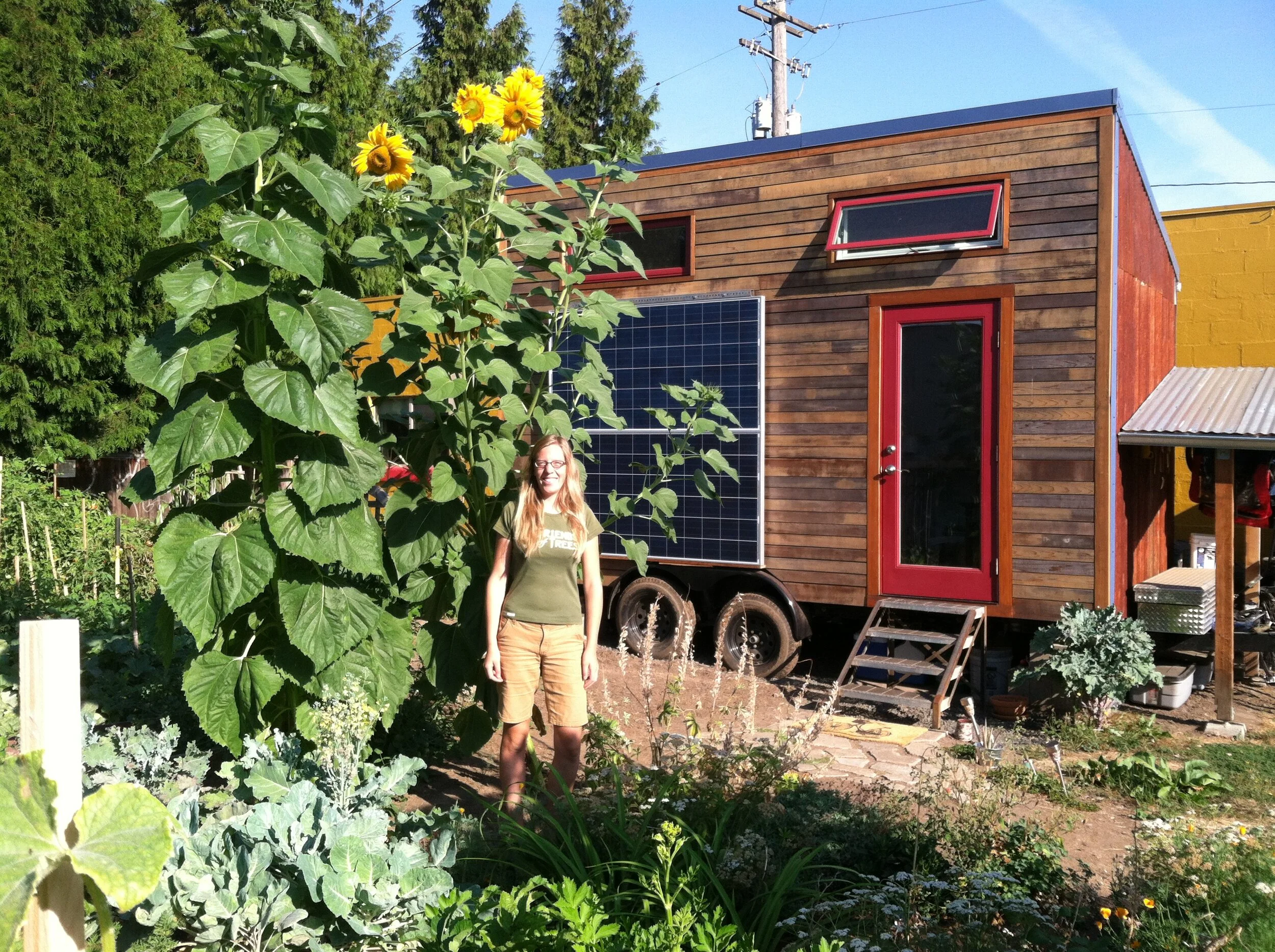Should you insulate under a slab? Homes with slab on grade foundations benefit from insulation regardless if the slab is heated or not. Insulation helps slow down heat loss through the floor similar to the way wall and attic insulation works. You CAN just insulate the stem wall and then under the perimeter of the slab in an unheated application but better would be to install R-10 rigid insulation under the entire slab and around the slab edge to separate it from the stem wall to create a bond break. This is essentially what we did in our home except the stem walls are ICF, not just concrete. Additionally, if you are doing a mono slab, you can install the insulation on the outside of the stemwall. For heated slabs, install R-15+ under the slab.
Choosing Windows For Your Home
Here are 5 tips for choosing windows for your new home.
1. Design a window to floor area ratio of 20% or less, below 15% is best. I have modeled some gorge view homes with a higher ratio, including one at 45%!, and it significantly affects home energy performance and in turn customer comfort. Definitely a balancing act between views and efficiency in that application.
2. Choose picture windows for the majority of the home, then awnings and casements for egress and natural ventilation options. Avoid sliders, single and double hung as they do not seal as tight. Hint: this helps lower your blower door numbers! Of course, install is also a key component.
3. Choose U-Values of 0.25 or less. This helps reduce winter heat loss. I have seen double pane windows compete with triple pane windows thanks to technologies like 4th surface coatings.
4. Choose solar heat gain coefficient aka SHGC of around 0.25. This helps reduce summer heat gain.
5. Choose fiberglass or composite frames. These are more durable and more stable over time compared to vinyl. Aluminum frames could be a good option for more remote areas where wildfire is a concern but still have more unwanted frame conductivity than other types.
What is a High Performing Home?
Green Building. Sustainability. LEED. EPS. HERS. Net-Zero Energy. Passive House. High Performance. All buzzwords in the home building industry. But what do they mean and why should you care?
If you are a home builder or have ever had a home built or remodeled, then you know there are many options in design, materials and methods. Building code provides the minimum standard for home building that is always evolving to advance building practices. Today’s advanced building practices become tomorrow’s code. Certifications like LEED, Net-Zero and Passive House as well as scoring tools such as EPS and HERS showcase homes currently being built better than code. They all have different checklists and options but similarly define how a home relates to its site, use of local and renewable materials, indoor air quality, water efficiency, energy efficiency & renewable energy. Energy modeling and diagnostic testing with equipment such as blower doors and duct blasters measure the home’s performance and enable comparison of efficiency similar to the miles per gallon ratings of vehicles. Home buyers cause use this information to estimate annual operating costs and carbon footprint. Home builders can use these certifications and scoring tools to differentiate themselves in the market, take advantage of utility incentives and stay up to date with building practices. Better built homes are durable, affordable, comfortable, healthy and energy efficient.
Features of a High Performing Home
More insulation: R-49+ attic, R23+ walls, R-30+ floors
Air sealing: <4 ACH50 (air changes per hour at 50 pascals)
Windows: U-0.25 or better
Whole home mechanical ventilation: ERV/HRV = Energy Recovery Ventilator/Heat Recovery Ventilator
Moisture sensing ventilation fans
Smart Thermostats
95%+ AFUE ECM gas furnace or 10 HSPF 14 SEER+ electric ductless mini split system
95%+ tankless gas water heater or 2.4 UEF electric heat pump water heater
100% high efficiency lighting
Take a look inside an energy efficient EPS home. Features: Zip System R-sheathing, Rain screen system, BIB wall insulation, Air sealing measures, Mitsubishi ductless mini split system, Efficient gas tankless water heater, 100% efficient lighting







